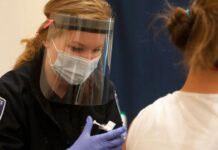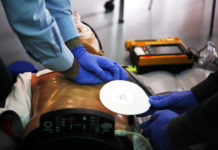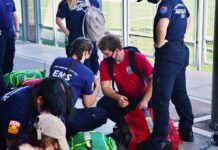The release of this issue (Volume 2, Issue 2) marks the point at which JCEMS has been in continuous publication for two years. Since the establishment of JCEMS, we have worked to carry out our mission of promoting leadership, clinical excellence, and original research. As the first peer-reviewed journal dedicated to collegiate- or campus-based EMS (CBEMS), we now fill a critical gap in the literature by publishing high quality CBEMS scholarship – from clinical reviews on drug-facilitated sexual assault to original research on university mass gathering events. As the official journal of the National Collegiate EMS Foundation (NCEMSF), we also support the next generation of EMS researchers by leading educational programs and events – from our Research Mentorship Program to our annual Academic Poster Session.
As your Editors, the continued success and growth of JCEMS has been particularly humbling given the journal’s rare status as an open access journal managed entirely by volunteers. From the student-leaders who manage day-to-day operations to the renowned experts on our Editorial Board, our team consists of dedicated volunteers who are spread across the United States. In this editorial we offer an inside look at our organizational structure and share opportunities for students and recent alumni to gain professional leadership experience in academic publishing.
The Editors & Editorial Board
Consistent with standards for peer-reviewed medical journals, JCEMS is led by a team of Editors and Editorial Board members. The Editor-in-Chief (N.M.G.F.) and Executive Editor (B.J.D.) oversee management of day-to-day operations and maintain responsibility for the overall development and conduct of the journal. The Editorial Board assists the Editors in creating a vision for the journal, developing editorial policy, evaluating submitted manuscripts, and attracting talent and content. For example, an Editorial Board member might recommend a revision to our peer review policy or identify a promising candidate for a staff role.
Our Editorial Board is composed of emergency medicine physicians and other professionals with extensive records of service in the collegiate EMS community as well as expertise in prehospital emergency care research. Several members also bring their deep knowledge of academic publishing operations, developed through having served in editorial roles at other journals. We are exceedingly fortunate to have the depth of expertise that our Editorial Board members offer.
Opportunities for Students & Recent Alumni
Unique amongst peer-reviewed medical journals, day-to-day publishing operations are run by part-time volunteers who are primarily students (graduate and undergraduate) or recent alumni. Volunteers serve in diverse roles, including: editorial management, business development, leadership of educational programs and special events, web development and design, layout and graphic design, news journalism, copy editing, marketing, and public relations. Given the critical roles they fill, students and recent alumni are carefully selected to join the team based on demonstrated leadership potential, relevant prior experience, and technical proficiency (when applicable for specific positions).
We are proud to rely on the contributions of students and recent alumni, and we are committed to supporting their professional development. Volunteers gain invaluable leadership and management experience with opportunities to assume progressively greater responsibilities over time. For volunteers focused on web development or graphic design, contributing to JCEMS also provides a route to hone technical skills and build a portfolio.
Importantly, all volunteers gain an insider’s perspective of the academic publishing industry and have the opportunity to network with leaders in emergency medicine. Regardless of their specific roles, our volunteers meaningfully contribute to the growth of a rapidly-developing publication and find that the experience serves them well as they seek graduate education or advanced career opportunities.
Continued Development of the JCEMS Team
The continued growth and success of JCEMS has been made possible by the collective contributions of the JCEMS team members, each of whom graciously offers their passion, expertise, and time. To continue our record of success, we are always investigating strategies to optimize our ability to serve the CBEMS community. As JCEMS enters its third year of publication, we will be expanding our team with additional volunteers. We encourage inquiries from individuals who wish to learn more about opportunities for involvement, and we provide an up-to-date listing of open positions on our website. Our available positions and organizational structure may change over time, but our commitment to promoting CBEMS research and the professional development of our team members will always remain.











